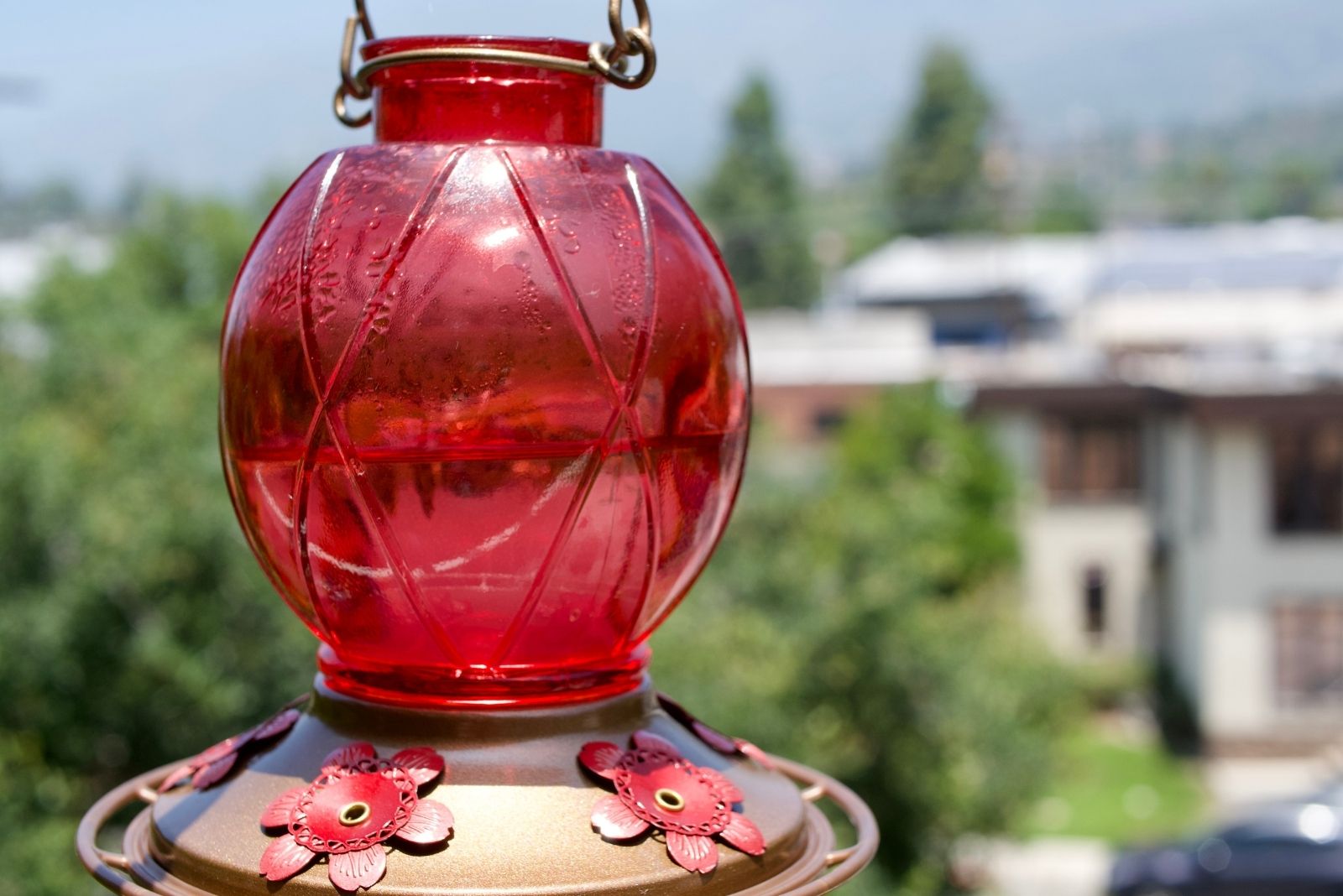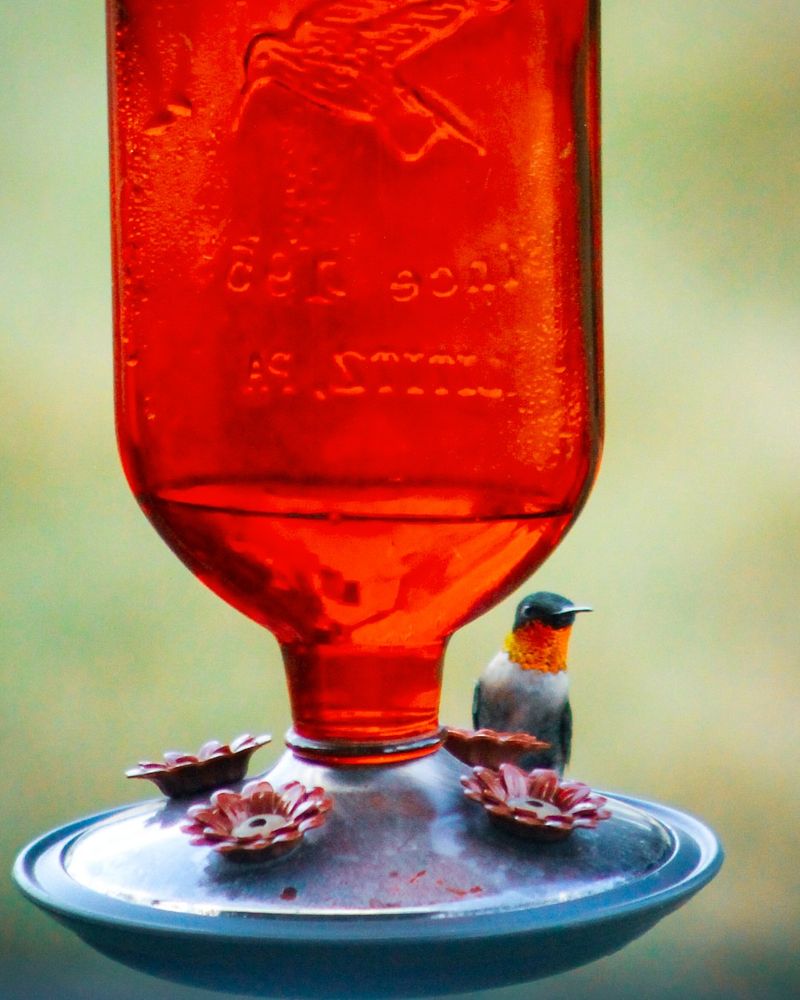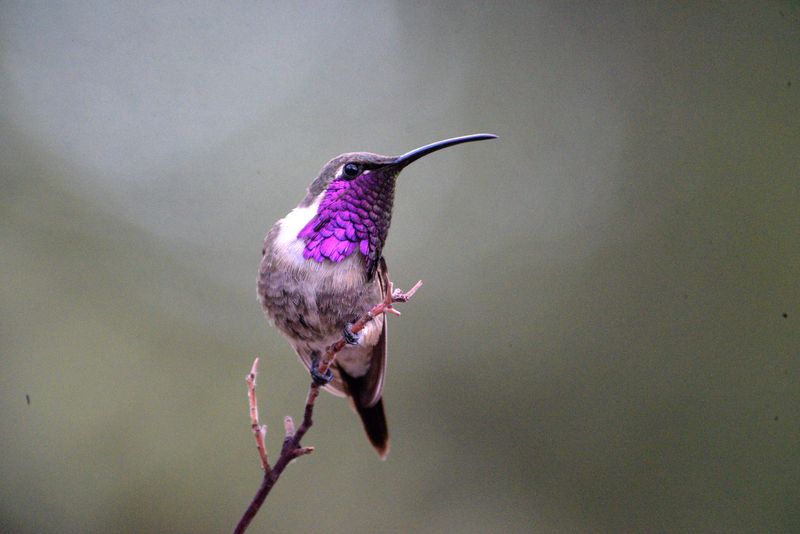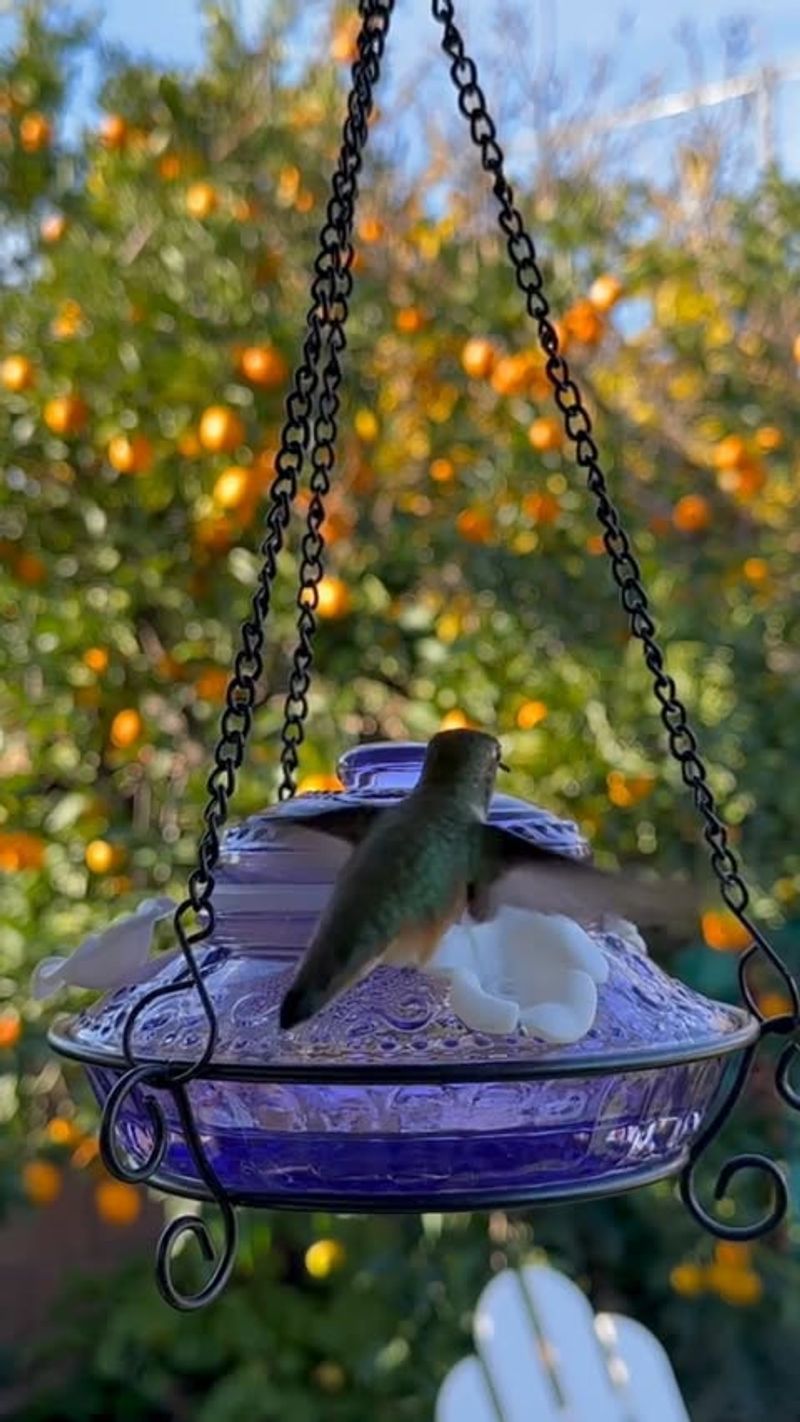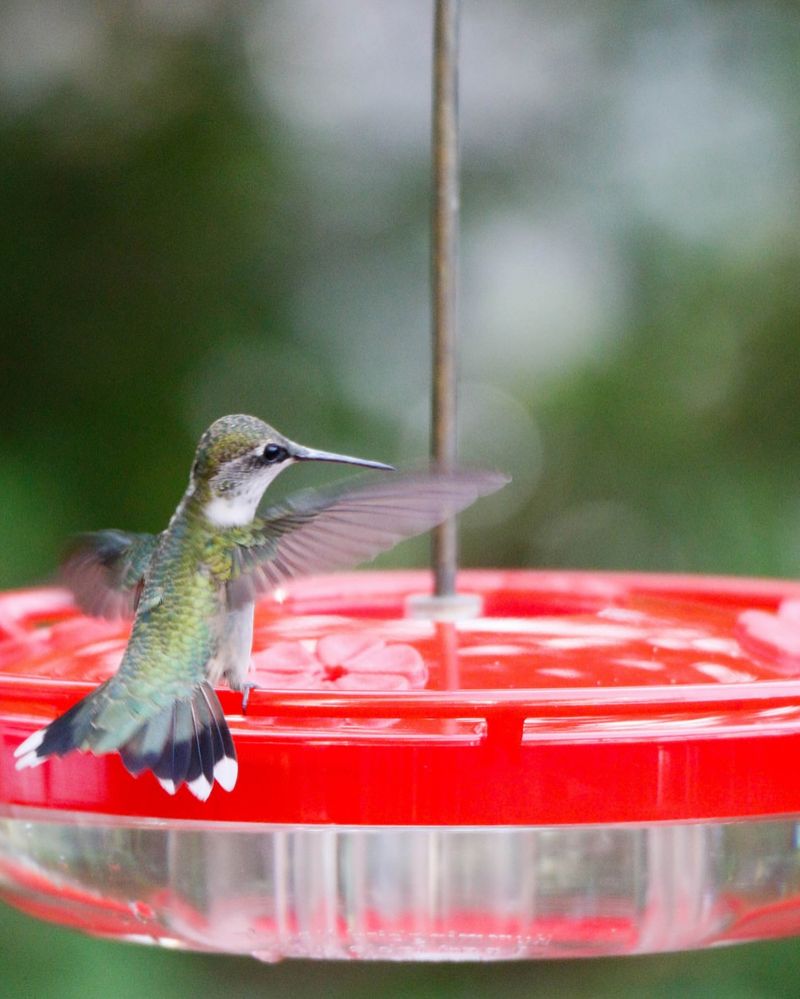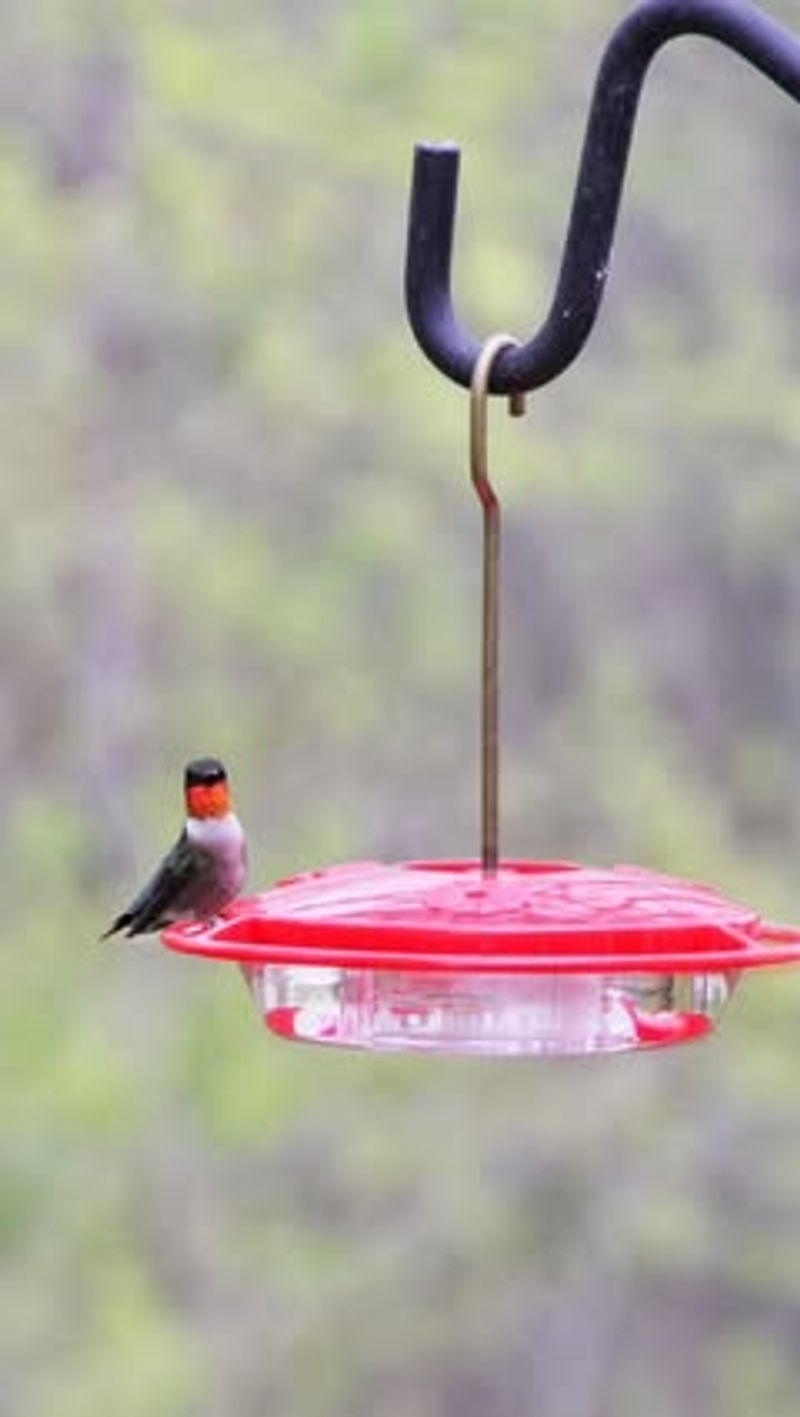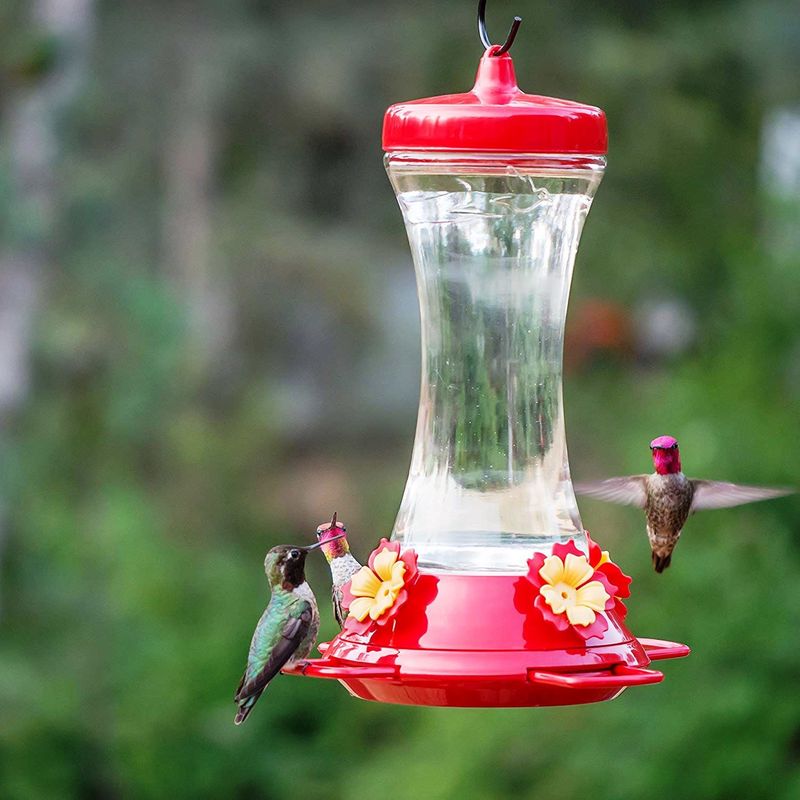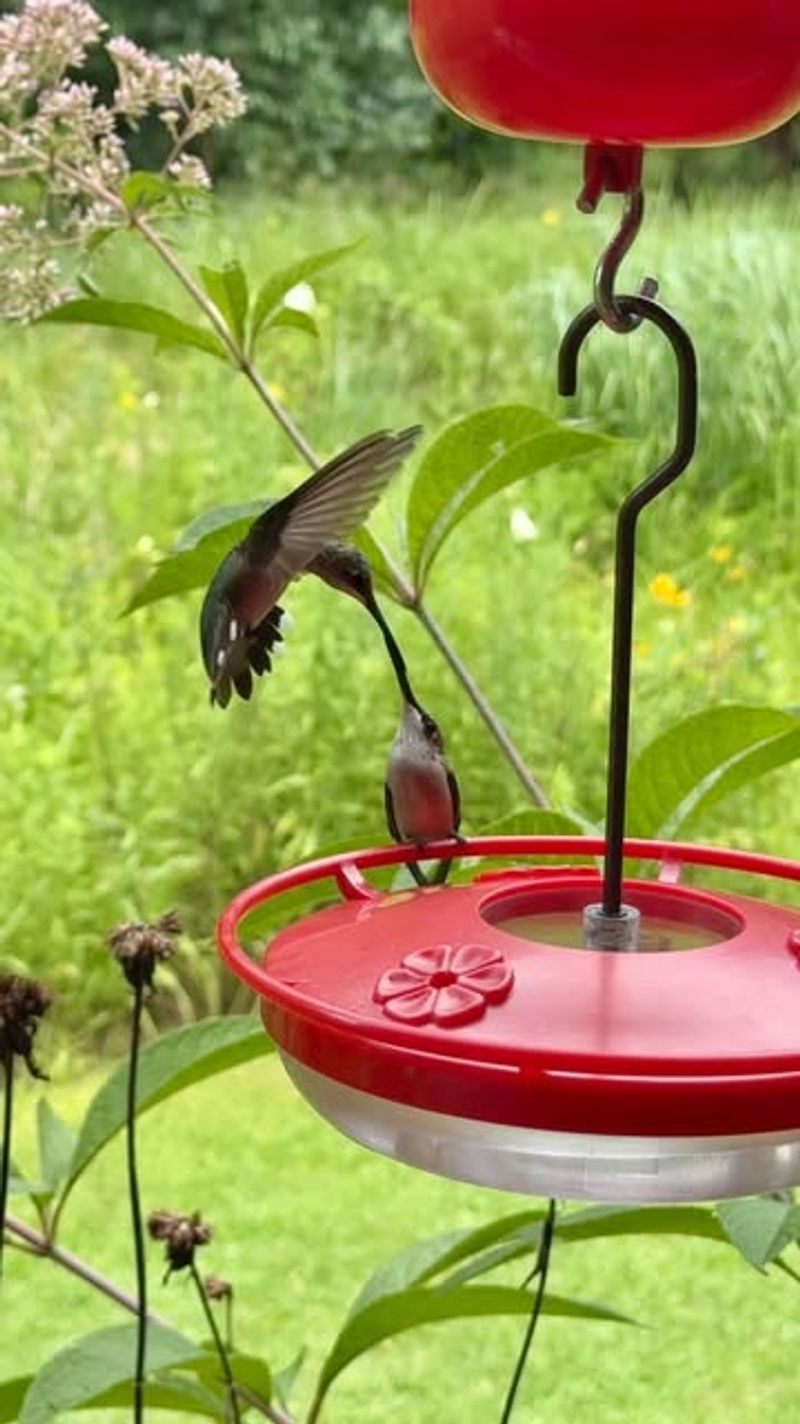Hummingbirds bring joy and color to Alabama backyards throughout the warmer months, but knowing when to take down their feeders can be tricky. Timing matters because leaving feeders up too long or removing them too early can affect these tiny travelers.
Understanding the signs that migration season is ending helps you make the right choice for both the birds and your backyard setup.
1. Consistent Drop In Daily Visitors
When your feeder goes from buzzing with activity to completely quiet, migration is likely underway. Most hummingbirds that spent summer in Alabama start heading south between late September and mid-October.
Keep track of how many birds visit each day for about two weeks. If you notice zero visitors for at least ten to fourteen consecutive days, the majority have probably already left for their winter homes in Central America.
A sudden absence signals it’s safe to clean and store your feeder until next spring.
2. Nighttime Temperatures Consistently Below 50°F
Cooler nights mean hummingbirds have moved on to warmer climates. Alabama typically experiences these temperature drops in late October and early November, signaling the end of hummingbird season.
Cold weather makes nectar spoil faster and can even cause it to freeze overnight. When temperatures stay below 50°F consistently after sunset, your feeder becomes less useful and harder to maintain properly.
Check your local weather forecast regularly during fall months to monitor this important temperature threshold.
3. Nectar Remains Untouched For Two Weeks
Fresh nectar sitting in your feeder without any decrease in volume tells an important story. Hummingbirds are creatures of habit and feed multiple times daily when present in an area.
If the liquid level stays exactly the same for fourteen days straight, no birds are drinking from it. Unused nectar can grow mold, bacteria, and harmful fungi that could hurt late migrators or overwintering species.
Empty and clean the feeder immediately to prevent creating a health hazard for any remaining wildlife.
4. Local Birding Groups Report Migration Complete
Experienced birdwatchers across Alabama share valuable migration data through online forums, social media groups, and local Audubon Society chapters. These communities track when the last hummingbirds are spotted in different regions throughout the state.
Connecting with fellow bird enthusiasts gives you reliable, location-specific information. Northern Alabama typically sees earlier departures than southern coastal areas, where some species may linger longer.
Following these reports helps you make informed decisions based on real-time observations rather than guesswork alone.
5. Feeder Requires Constant Cleaning Due To Mold
Mold growth accelerates when feeders sit unused during Alabama’s humid fall weather. Black spots, cloudy nectar, or fuzzy growth inside the reservoir indicate bacterial contamination that poses serious risks to birds.
Without regular visitors drinking the nectar, it spoils quickly and becomes a breeding ground for harmful organisms. Constant cleaning becomes exhausting work with no benefit if hummingbirds have already migrated away.
Persistent mold problems despite frequent washing strongly suggest it’s time to pack up your feeder until spring arrives again.
6. First Frost Has Arrived In Your Area
Frost marks a definitive end to hummingbird season across Alabama. These tropical birds cannot survive freezing conditions and instinctively leave well before frost threatens their survival.
Northern counties might see first frost in late October, while southern regions may not experience it until November or December. Once frost appears on your lawn or garden, you can be confident all hummingbirds have departed.
Frozen nectar becomes useless to birds and can damage your feeder’s plastic components through expansion.
7. Native Flowers Have Stopped Blooming
Hummingbirds rely heavily on natural nectar sources like trumpet vines, coral honeysuckle, and cardinal flowers. When these native Alabama plants finish their blooming cycles, it signals changing seasons that hummingbirds instinctively recognize.
Watch your garden carefully during September and October. Fading blooms and seed head formation indicate autumn has fully arrived and natural food sources have disappeared.
Without flowers to supplement feeder nectar, hummingbirds have little reason to remain in the area any longer.

